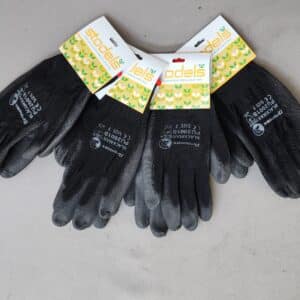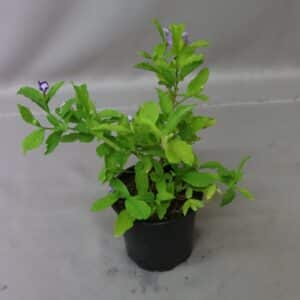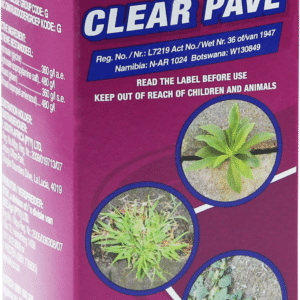Growing Vegetables in Sandy Soil
Kitchen gardening
Growing Vegetables in Sandy Soil
Robert Stodel, managing director of Stodels Nurseries, says he and his staff are often approached by gardeners who ask: “How can I grow vegetables in my soil if it is so sandy?
“Sandy soil is a very common problem in Cape Town, “says Mr. Stodel, “which should not be seen as an obstacle to growing your own veggies.”
He says Israel, which is mainly desert has become a horticultural force to be reckoned with and produces 18 percent of the world’s flowers.
“Their success is due to the fact that sand, like clay, is medium in which anything will grow subject to its being prepared and maintained properly.”
Both clay and sandy soil lack humus and therefore need large quantities of compost or organic material.
Organic material brings back humus, with the result that when water or fertilizer is added, it is held and absorbed by the living organisms and slowly released as and when required by them, says Mr. Stodel.
Compost or any organic material can be added during the winter months and dug in. Do not be scared to add too much.
Add compost (or any organic material) to your soil during spring and summer as a mulch (spread on top of the soil round the plants), says Mr. Stodel.
Not only will you save water, but your plants will thrive when the soil temperature stays constant and the soil will improve as the mulch decomposes.
Left-over vegetables are also an excellent form of mulch.
Organic material will take away that “oily look” in sand and will result in your soil becoming less sandy and firmer.
After a few years of adding organic material to you sandy soil, your garden will be a haven for any plant or vegetable.
The secret to a successful vegetable garden, which consists of clay or sand, is to feed with lots of compost to improve your soil and to feed regularly.
These vegetables will thrive in sandy soil: squash, pumpkin, butternut, peas, cabbage, lettuce, cauliflower, potatoes, tomatoes and onion.
You might also like
Shop online
-
STODELS GLOVES
- R39.99
- Add to cart Learn More
-
- Sale!
BRUNFELSIA FLORIBUNDA 12CM
- Original price was: R49.99.R34.99Current price is: R34.99.
- Add to cart Learn More




